The briar pipe is, without question, the most popular pipe ever, and the one whose origin is the least understood. Mind if I offer my views on the origin of this species? As you read, you’ll readily see that it’s all very perplexing and entangled because of a very wide spectrum of views and opinions. The briar’s evolution is dubious, and my research illustrates that the written history of this pipe, more than the written record regarding any other pipe, is rife with paradoxes, contradictions, and outright exaggerations. Trying to paint a true and accurate history of the briar is akin to the military “fog of war”; in researching the briar, I encountered the “fog of raw” information, veritable enigmas wrapped in riddles. What I find strange is that one expects to encounter some vagaries in tracing the much earlier history of the origin of meerschaum, but of the briar’s evolution, more than 100 years later, one should expect that historical information be more concrete. It is not! The story has been reprised from book to book, a bit of embellishment here, a slight exaggeration there, ever more elaborate as each writing effort explains how it all began. Well, here’s what I’ve found. You be the judge of its accuracy and authenticity, and if you remember everything you’ve read in pipe books in the past, not much of the following will surprise you.
http://smokingjacketmagazine.com/2015/01/17/the-birth-of-la-bruyere/
http://smokingjacketmagazine.com/2015/01/17/the-birth-of-la-bruyere/









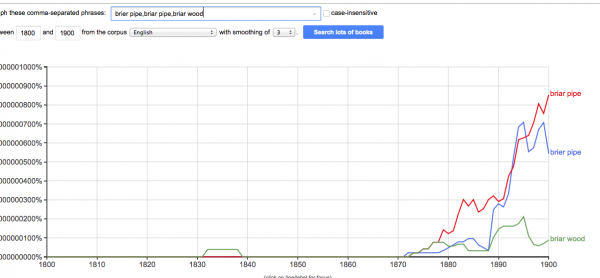
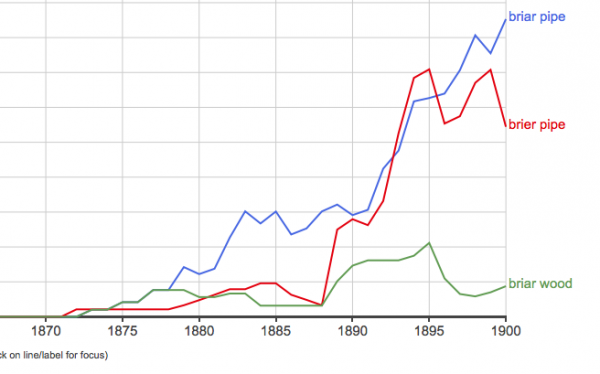
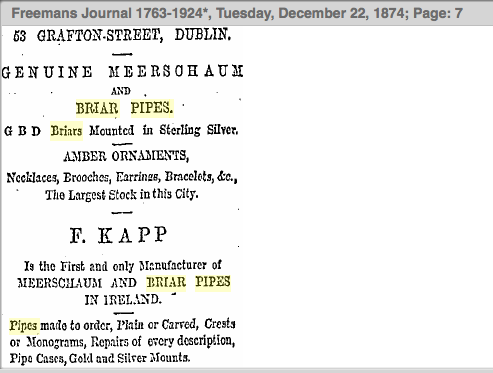

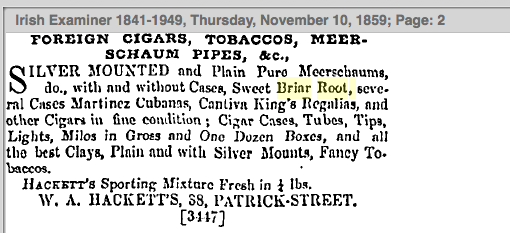
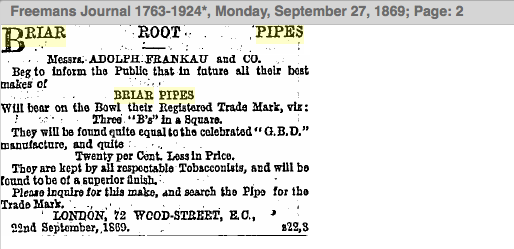
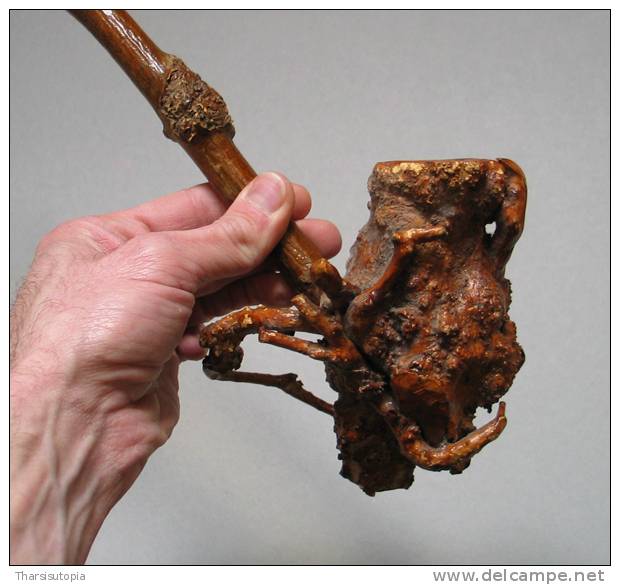
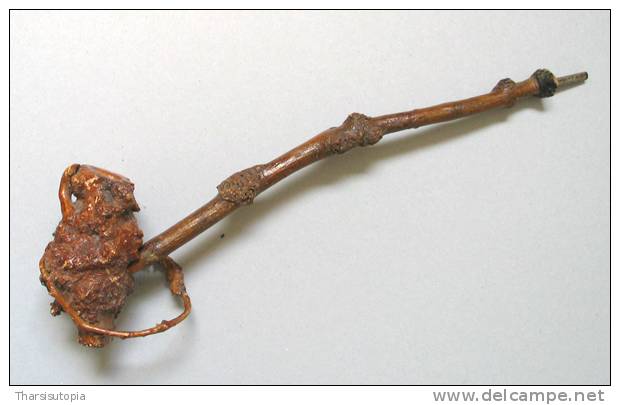
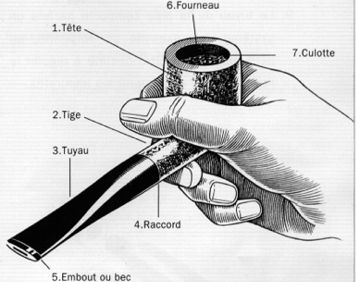
 :
:


